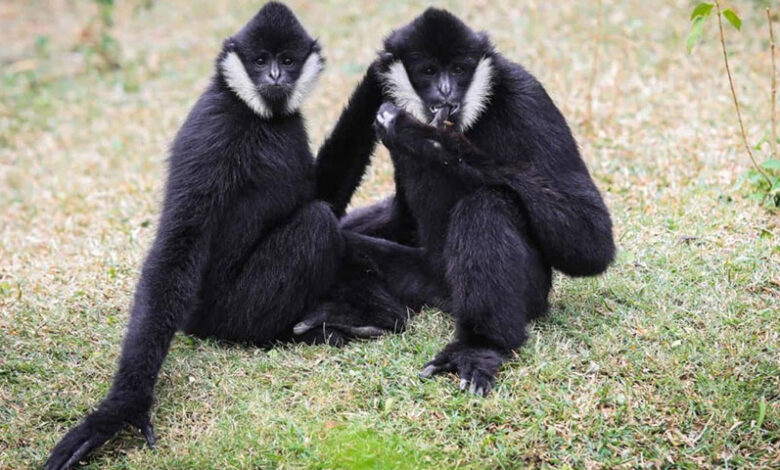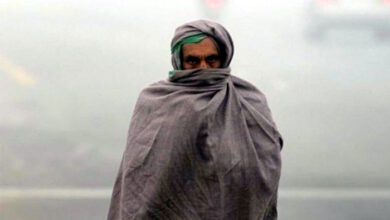Black-Crested Gibbon Faces Extinction Threat Despite Its Beauty

Subheadline:Habitat Loss, Illegal Hunting, and Limited Reproduction Endanger This Unique Primate**
The **Black-Crested Gibbon**, one of the world’s most stunning and graceful creatures, is now on the brink of extinction. Despite being an iconic symbol of the tropical forests of Southeast Asia, this species is rapidly disappearing, with only an estimated 1,500 individuals left in the wild.
### **Where is the Black-Crested Gibbon Found?**
The **Black-Crested Gibbon** is found primarily in the forests of **China**, **Northern Vietnam**, and **Laos**. These gibbons typically grow to a length of 17 to 21 inches and weigh between 15 to 22 pounds. Known for their long arms, they are a species of **arboreal monkeys**, meaning they predominantly live in trees and are often seen swinging between branches or walking on the forest floor.
Their diet mainly consists of fruits, particularly figs, as well as leaves and buds. They occasionally consume meat, including birds’ eggs, but this is rare. One of their most distinctive traits is their vocalization – a loud and impressive call, often heard in the mornings. These songs are believed to serve as a mating call, signaling to other gibbons that they occupy the territory.
### **The Threats to Their Survival**
The **Black-Crested Gibbon** has been classified as **“Critically Endangered”** by conservationists, with fewer than 1,500 individuals remaining in the wild. Several factors contribute to their endangered status:
#### **Habitat Loss**
The primary threat to the gibbon is the ongoing destruction of their natural habitat. These gibbons reside in **evergreen and montane evergreen forests**, which are increasingly being cleared for logging. Since the year 2000, **Northern Vietnam** has seen a **22% reduction in forest cover**, significantly decreasing the available habitat for the gibbons to live and reproduce.
#### **Illegal Hunting**
Illegal hunting poses another severe threat. Gibbons are often targeted by poachers who sell them in foreign pet markets. Many of these gibbons are injured or killed during the capture process. In some cultures, parts of gibbons, such as their bones, are used for traditional medicinal purposes. The price for a female gibbon can be hundreds of dollars, making them a lucrative target for wildlife traffickers.
#### **Limited Reproduction**
Gibbons have a very slow reproduction rate, which makes it harder for the species to recover. A female gibbon gives birth to only one baby every two years, and it takes at least two years before she can produce another. As the population shrinks, this slow reproduction rate means it could take even longer for their numbers to stabilize.
### **The Way Forward**
Experts are calling for immediate action to protect the Black-Crested Gibbon from further decline. The urgent need to preserve their habitat, along with stronger measures against illegal hunting, is critical. Efforts to raise awareness and enforce stricter laws regarding wildlife trade and deforestation could help in securing a future for this extraordinary species.
Conservation organizations are working to protect the remaining forests where these gibbons live, ensuring that their homes are preserved and that they can thrive in the wild once again. Additionally, captive breeding programs may play a role in supporting the population, though this is not a long-term solution unless their natural habitats are also safeguarded.
In conclusion, the **Black-Crested Gibbon**, with its unique beauty and remarkable behaviors, faces an uncertain future. Without urgent action, it may soon join the ranks of species lost forever. Protecting these gibbons requires collective global effort, and their survival depends on both habitat conservation and curbing illegal trade.






